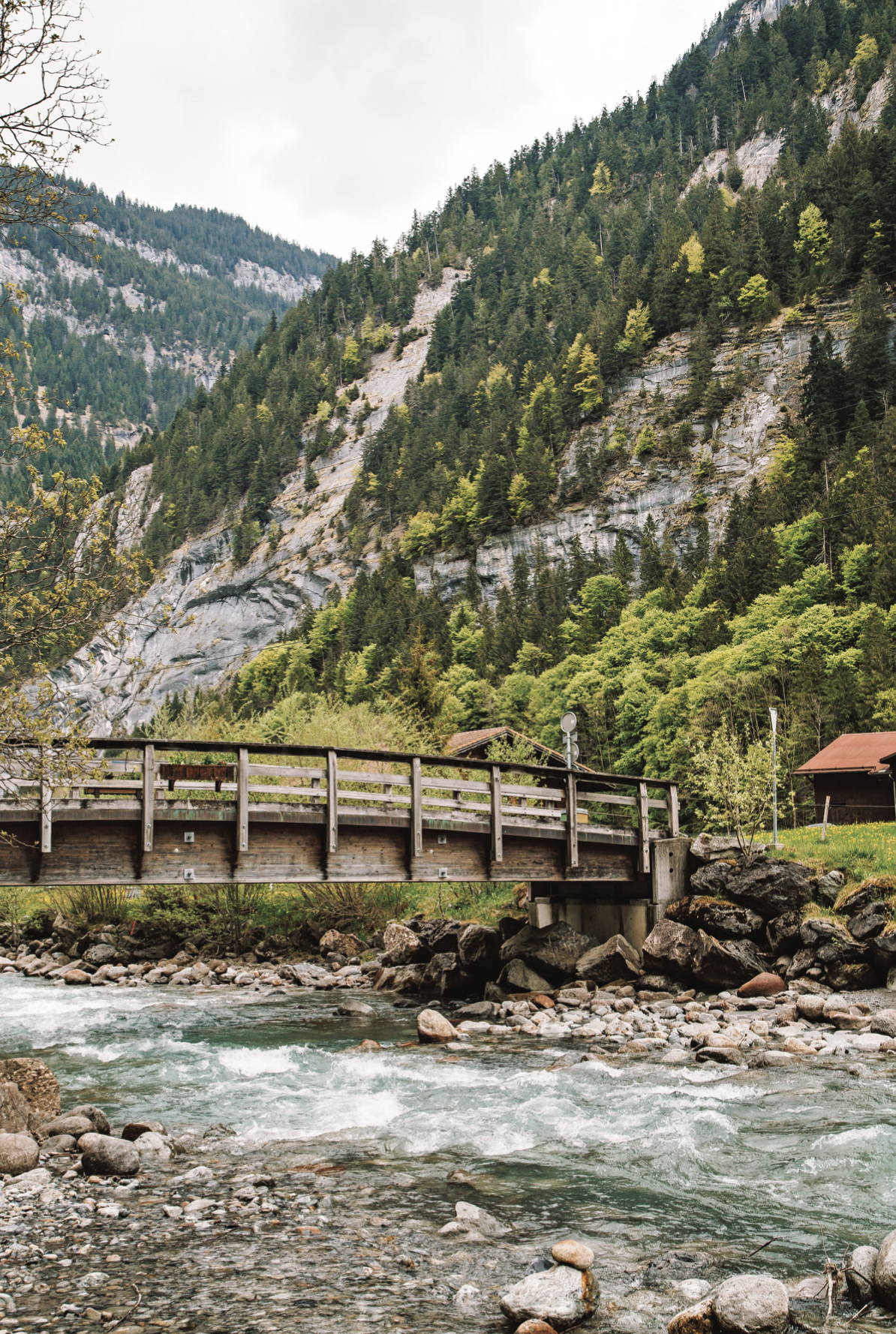Spies in Middle Earth
An extract from the Switzerland magazine - Words by Cameron Lange & Photographs by Holly Farrier
In 1911, a teenage J.R.R. Tolkien set off “on foot with a heavy pack” into the Bernese Alps. Accompanied by a party of 12 family friends - let’s call it a fellowship - he spent several weeks crisscrossing the highlands in what turned out to be one of the most fateful treks in the history of English letters.
While the region was already of literary interest, notable as the place where Sherlock Holmes ‘dies’ at the hands of Moriarty, the landscape proved an even greater influence on the young Tolkien. Never in his life would he see mountains of that size again, and for the next 50 years his memories of them shaped the richly imagined world of Hobbits and Orcs in The Lord of the Rings.
It was the first part of his adventure, from Interlaken to Mürren through the Lauterbrunnen Valley, that left the greatest impression on him. There is much to suggest that the valley was the model for Rivendell, the Elvish city where the Hobbits find safety on their journey. Tolkien’s own illustrations of the refuge, marked by sheer cliffs and cascading waterfalls, are reminiscent of certain Lauterbrunnen postcards, and a dedicated sleuth will note the familiar name of Rivendell’s main river - Loudwater, and its Elvish translation, Bruinen.
Mürren’s surrounding peaks were also the direct inspiration for the Misty Mountains. While camping near Mürren, Tolkien found himself, like today’s visitors, in awe of the three great peaks visible across the valley - Jungfrau, Eiger and Mönch - which in his saga became the triad of Dwarvish mountains towering over the mines of Moria. Tolkien confirmed as such much later in a letter to his son, in which he recounts looking out over the vista and seeing “the Silvertine of my dreams” - the legendary mountain where Gandalf is reborn as the White Wizard. Gazing up at those same heights at sundown from the balconies of Mürren’s Hotel Edelweiss, it’s difficult to tell where our world ends and Middle Earth begins.
Tolkien’s debt to the Bernese Alps is still not widely known. The highlands and broader canton are more commonly associated with the world of espionage - both real and imagined - and with one particularly iconic James Bond scene. At the summit of Schilthorn stands Piz Gloria, the building made famous by On Her Majesty’s Secret Service, George Lazenby’s one and only appearance as 007. Now a revolving restaurant with cloud-draped views worth travelling for, it served as the secret hideout and nefarious research centre for Bond’s archnemesis, Ernst Blofeld. There Bond is briefly held captive, only to stage a daring downhill escape to Mürren on skis - a fitting chase considering the mountain played host, in 1922, to the world’s first slalom race. Had the film been made today we might have seen Bond attempt the fiendish via ferrata from Mürren to Gimmelwald, a hiking and climbing route clinging just barely to the cliffside - one of many gravity- defying activities on offer for the visiting daredevil.
Indeed, Bond has had some of his best moments in Switzerland, the most dramatic and celebrated of which is perhaps Pierce Brosnan’s leap from the Verzasca Dam in the opening scene of GoldenEye. After all, 007 was born in Zürich to a Swiss mother and the country has, by virtue of its neutrality and hellacious geography, always been rife with international spycraft - as well as writers looking for stories in or at the edge of that underworld. Both Ian Fleming and John le Carré studied in Switzerland, while W. Somerset Maugham arrived as an operative at the outset of the First World War. His brazen cover? That he was writing a series of stories about spies.
Behind the tranquillity of these photographs lies an arena of fantasy and political intrigue. The anonymity of the mountains gives some the cover to hide and scheme, others time to rest and dream - and for the young Tolkien, the chance to imagine a whole new Earth.






